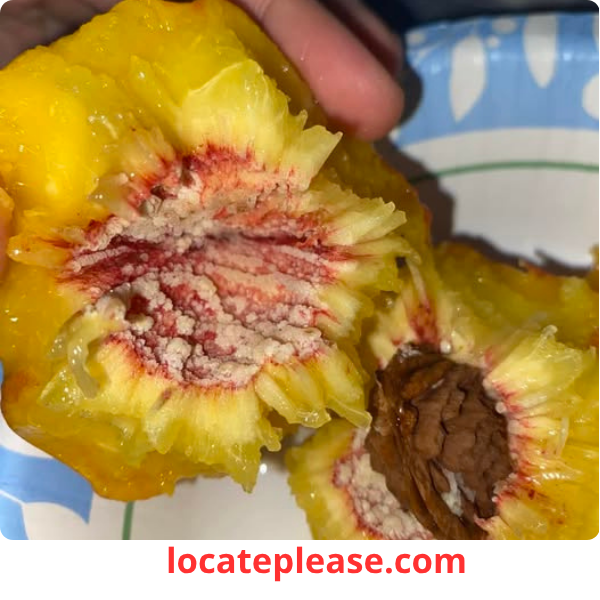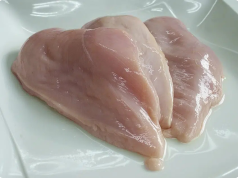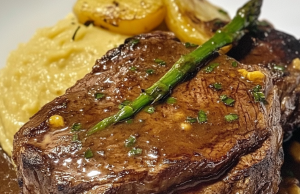You bite into a perfectly ripe, juicy peach — sweet, fragrant, and summery — only to pause at the pit. There it is: a patch of white, fleshy-looking tissue clinging to the hard shell. Your first thought? Is this mold? Is the fruit spoiled? Did I just eat something dangerous?
Take a deep breath.
No, it’s not mold.
No, your peach isn’t bad.
And yes — it’s completely safe to eat.
That mysterious white stuff is called peach callus tissue, and it’s a natural, harmless part of the fruit’s growth process. In fact, it’s a sign of a healthy, developing peach — not something to fear, but something to appreciate.
What Is Peach Callus Tissue?
Peach callus tissue is a mass of undifferentiated cells that forms on or around the seed (pit) during the fruit’s development. These cells are like biological “blank slates” — they haven’t yet decided what they’ll become. In scientific terms, they’re meristematic, meaning they have the potential to grow into various plant tissues, like roots or shoots, under the right conditions.
Think of it like this:
Just as a child might explore different hobbies before finding their passion, these cells are in a transitional phase, waiting for the right signals to develop into something more specific.
This tissue often appears as a creamy, white, gel-like or soft fleshy growth on the surface of the pit — especially when the peach is very ripe or overripe.
Why Does It Form?
Callus tissue develops as part of the peach’s natural reproductive and protective process. As the fruit matures, the pit undergoes internal changes. Sometimes, hormonal shifts or minor stress (like uneven growth or minor damage) trigger the formation of this tissue.
It’s essentially the pit’s way of protecting itself — a kind of biological “band-aid” or shield that helps maintain the integrity of the seed, ensuring it stays viable for germination if the fruit ever lands in the right soil.
And contrary to what some might think, this isn’t a sign of disease or contamination — it’s just nature doing its thing.
Is It Safe to Eat?
✅ Yes — 100% safe.
The presence of callus tissue does not affect the safety or flavor of the fruit. You can eat the peach without worry.
That said, most people choose to discard the pit and the tissue on it — not because it’s harmful, but because it’s not appetizing and doesn’t taste like anything in particular.
If you’re growing peaches at home or saving seeds for planting, this tissue can actually be a positive sign — it shows the seed is biologically active and capable of regeneration.
Callus Tissue vs. Mold — How to Tell the Difference
It’s understandable to confuse the two, but here’s how to tell them apart:
|
Found only on or near the pit
|
Can appear anywhere on the fruit (flesh, skin, stem)
|
|
Creamy, firm, fleshy texture
|
Fuzzy, powdery, or slimy
|
|
No bad smell
|
Often has a musty, sour, or rotten odor
|
|
Only appears in ripe or overripe peaches
|
Can appear even in firm fruit, especially if stored poorly
|
If the rest of the peach smells sweet and looks fresh, and the white stuff is confined to the pit, it’s almost certainly callus tissue — not mold.
Can You Grow a Peach Tree from a Pit with Callus Tissue?
Absolutely!
In fact, the presence of callus tissue may indicate that the seed is viable and biologically active. Gardeners and horticulturists sometimes encourage callus formation in labs to help propagate fruit trees.
If you’re feeling adventurous, you can:
- Clean the pit thoroughly.
- Let it dry and plant it in well-draining soil.
- Be patient — it can take months to germinate.
Just remember: most commercial peaches come from grafted trees, so your homegrown tree might not produce the same quality of fruit — but it’ll still be a labor of love.
Final Thoughts: Nature’s Hidden Wonder
That little patch of white on your peach pit isn’t a flaw — it’s a quiet miracle of biology. It’s a reminder that even in the fruit we eat every day, life is still at work — growing, protecting, and preparing for the next generation.
So next time you enjoy a juicy peach and spot that mysterious white tissue, don’t panic.
Pause. Smile.
And appreciate the quiet magic happening inside your summer snack.
🍑 Nature isn’t always perfect — but it’s always fascinating.
Happy peach season!










